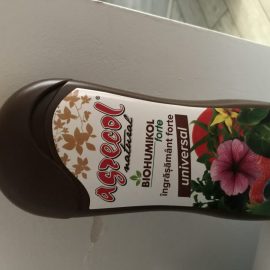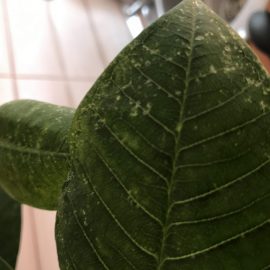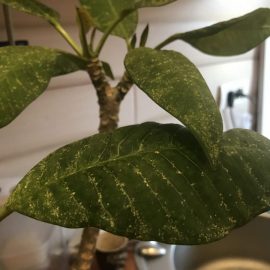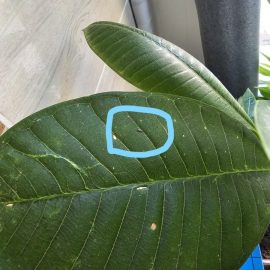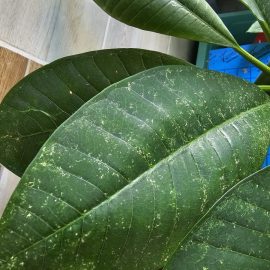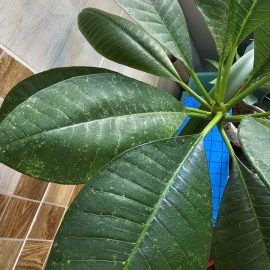Plumeria, plant care and growing guide
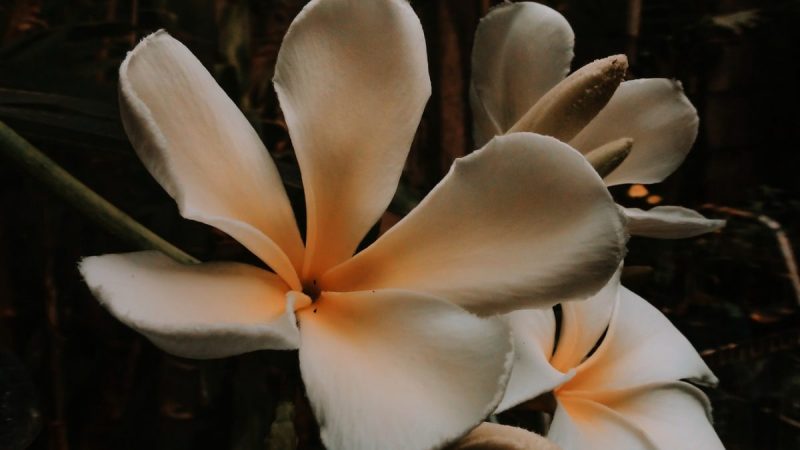
Plumeria is a genus of shrubby, flowering plants in the Apocynaceae family, native to Central America. One of the most common species is Plumeria alba, grown as an indoor plant due to its beautiful flowers. As a houseplant, it can reach a height of 0.5-1 m. It has deciduous leaves, elliptical in shape, leathery, with a pointed tip and a curved edge. The leaves at the top of the branches are white, covered with fuzz. The flowers appear all year round, they grow clustered in bouquets, are yellow in the center and white towards the extremities. They have a scent similar to that of almonds, which is sensed more strongly during the night.
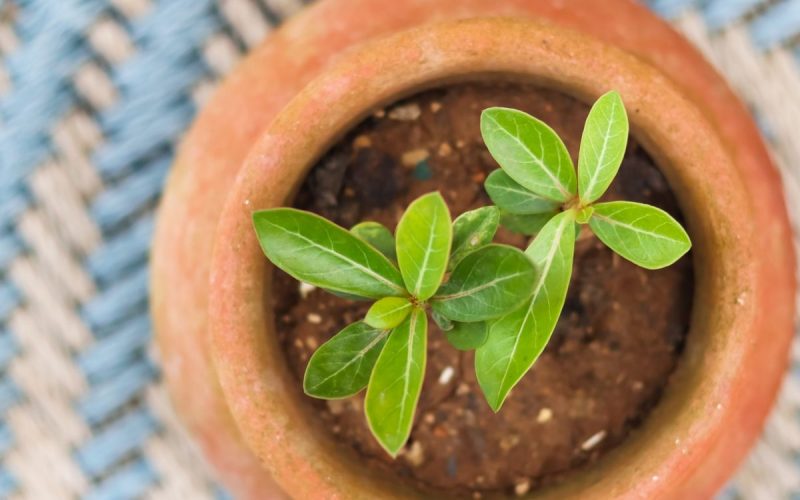
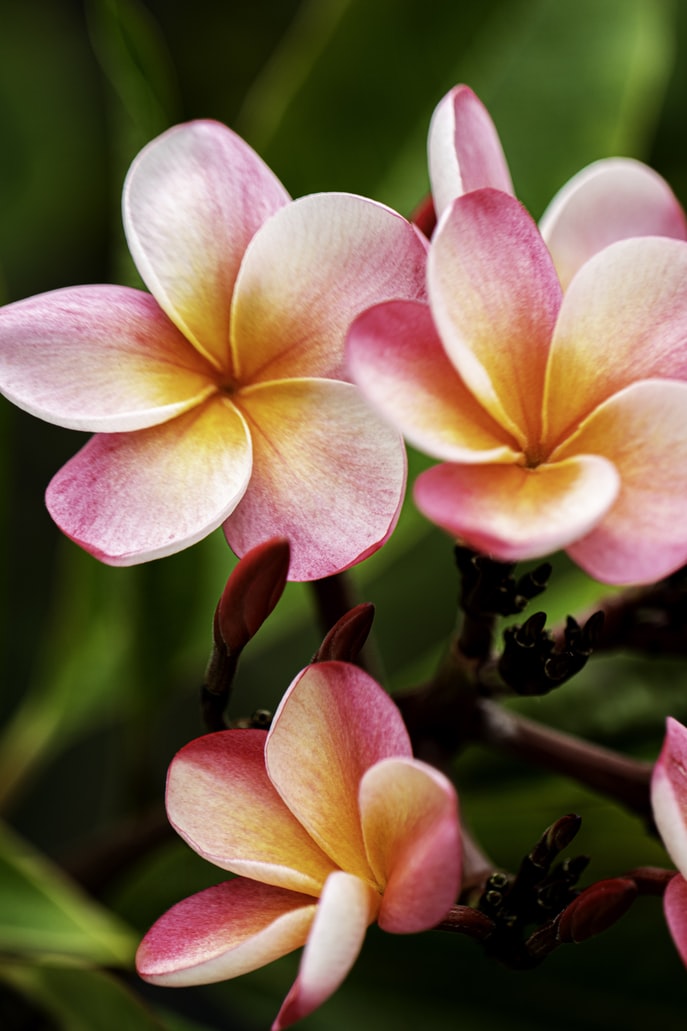
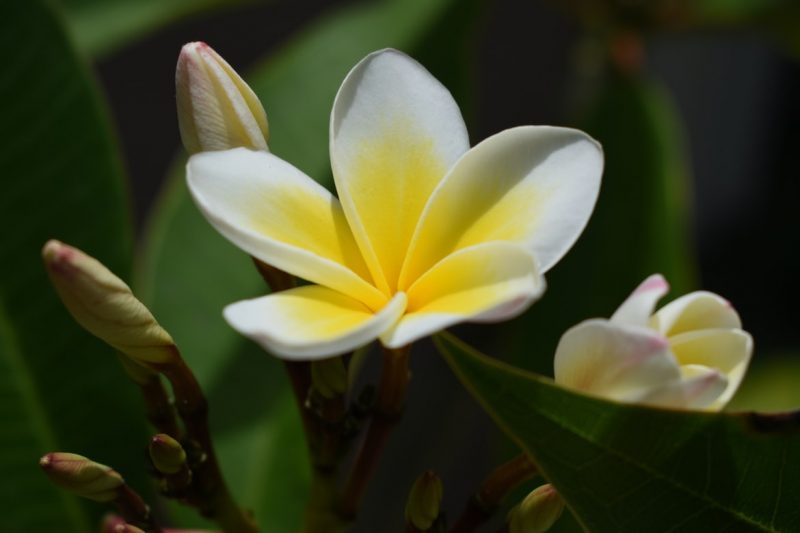
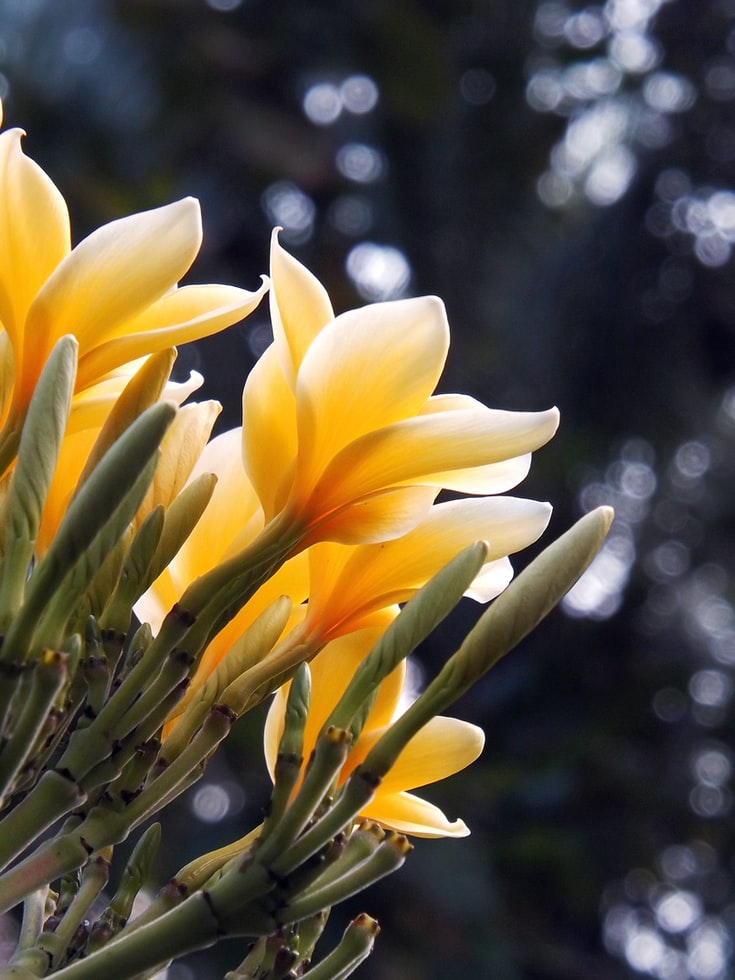
Care
Light. Being native to subtropical areas, Plumeria is a light-loving plant, so it should be placed near a window in direct sunlight.
Temperature. It grows well at temperatures of 20-24° C, but in winter it needs a dormancy period when it must be placed in a cooler room, at temperatures of 13-15° C.
Humidity. It needs an atmospheric humidity of at least 60%, so occasionally spray the leaves with softened water or place the pot on top of a bowl with damp gravel.
Substrate. It is recommended to use a porous substrate. It can be enriched with sand or perlite in order to facilitate water drainage.
Recommended products
-
You can find products on a different store
Change Store -
You can find products on a different store
Change Store -
You can find products on a different store
Change Store -
You can find products on a different store
Change Store -
You can find products on a different store
Change Store -
You can find products on a different store
Change Store -
You can find products on a different store
Change Store -
You can find products on a different store
Change Store -
You can find products on a different store
Change Store -
You can find products on a different store
Change Store -
You can find products on a different store
Change Store -
You can find products on a different store
Change Store -
You can find products on a different store
Change Store -
You can find products on a different store
Change Store -
You can find products on a different store
Change Store -
You can find products on a different store
Change Store -
You can find products on a different store
Change Store -
You can find products on a different store
Change Store -
You can find products on a different store
Change Store -
You can find products on a different store
Change Store -
You can find products on a different store
Change Store -
You can find products on a different store
Change Store -
You can find products on a different store
Change Store -
You can find products on a different store
Change Store
Watering. Add water moderately, so that the substrate dries on the surface before you water the plant again.
Fertilization. During the vegetative growth period, especially in summer, a specific fertilizer should be administered.
Recommended products
-
You can find products on a different store
Change Store -
You can find products on a different store
Change Store -
You can find products on a different store
Change Store -
You can find products on a different store
Change Store -
You can find products on a different store
Change Store -
You can find products on a different store
Change Store -
You can find products on a different store
Change Store -
You can find products on a different store
Change Store -
You can find products on a different store
Change Store -
You can find products on a different store
Change Store -
You can find products on a different store
Change Store -
You can find products on a different store
Change Store -
You can find products on a different store
Change Store -
You can find products on a different store
Change Store -
You can find products on a different store
Change Store -
You can find products on a different store
Change Store -
You can find products on a different store
Change Store -
You can find products on a different store
Change Store -
You can find products on a different store
Change Store -
You can find products on a different store
Change Store -
You can find products on a different store
Change Store -
You can find products on a different store
Change Store -
You can find products on a different store
Change Store -
You can find products on a different store
Change Store
Repotting. Transplanting is recommended once every 2 years, in March-April.
Pests and diseases. It is a plant prone to rot.
Propagation
Plumeria can be propagated through cuttings, with fragments from the branches’ tops, in early spring. Rooting the cuttings is favored by heat and the use of fertilizers for rooting. It can also be propagated through seeds, but it is much more difficult.
Recommended products
-
You can find products on a different store
Change Store -
You can find products on a different store
Change Store -
You can find products on a different store
Change Store -
You can find products on a different store
Change Store -
You can find products on a different store
Change Store -
You can find products on a different store
Change Store -
You can find products on a different store
Change Store -
You can find products on a different store
Change Store -
You can find products on a different store
Change Store -
You can find products on a different store
Change Store -
You can find products on a different store
Change Store -
You can find products on a different store
Change Store -
You can find products on a different store
Change Store -
You can find products on a different store
Change Store -
You can find products on a different store
Change Store -
You can find products on a different store
Change Store -
You can find products on a different store
Change Store -
You can find products on a different store
Change Store -
You can find products on a different store
Change Store -
You can find products on a different store
Change Store -
You can find products on a different store
Change Store -
You can find products on a different store
Change Store -
You can find products on a different store
Change Store -
You can find products on a different store
Change Store
In addition:
- Plumeria is also known as frangipani.
- Caution! it is a toxic plant for humans and pets.
- it is not affected by direct sunlight.














































































































































































































































































































































































































































